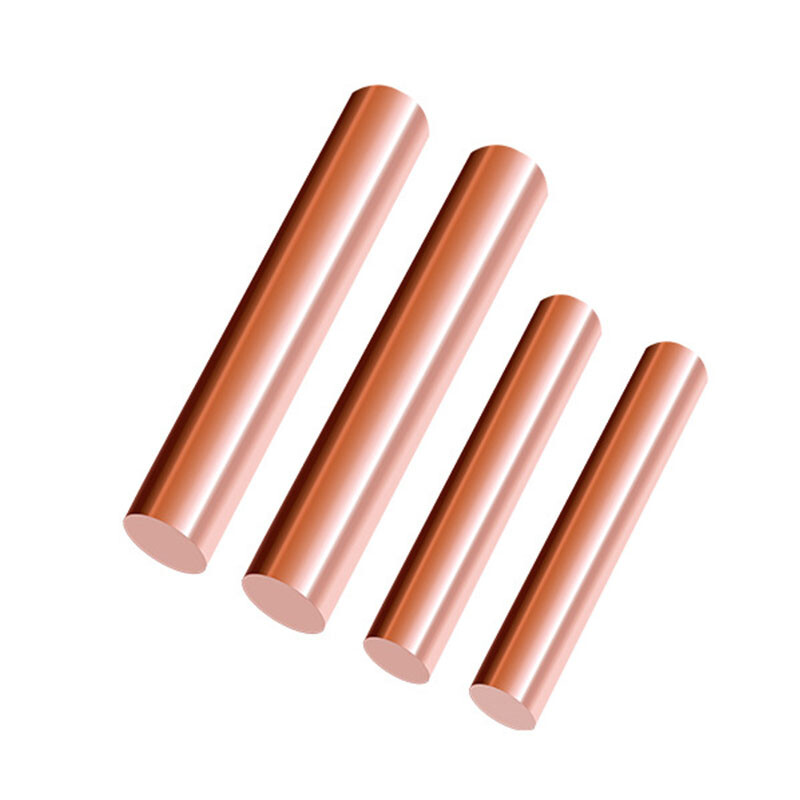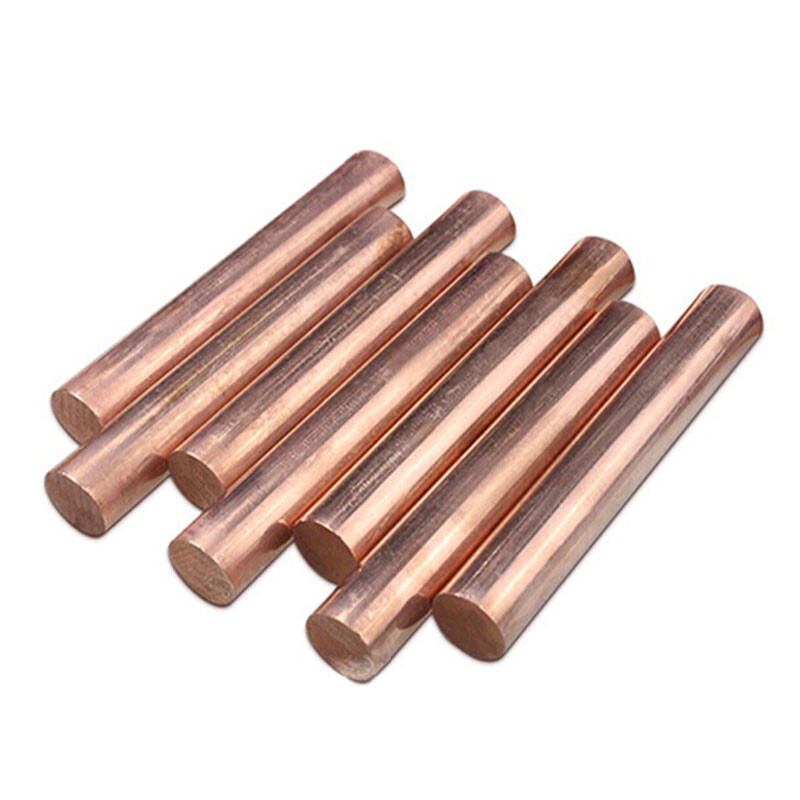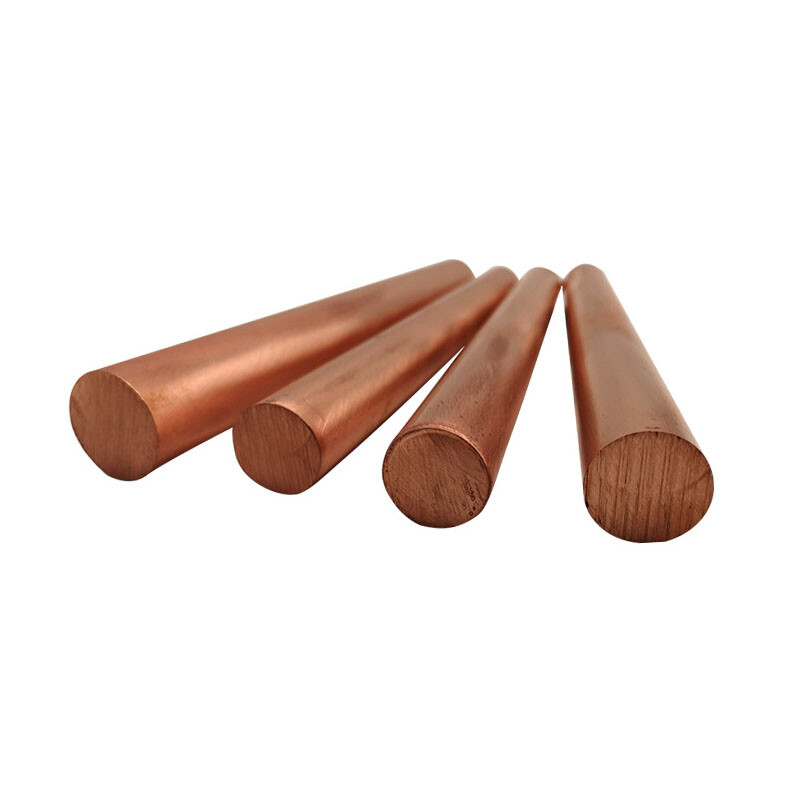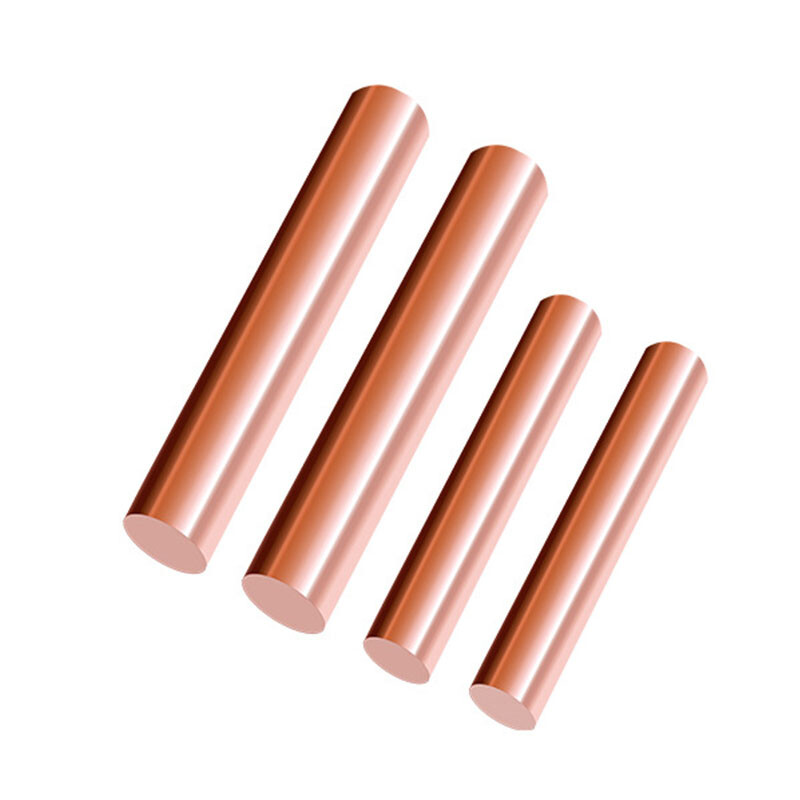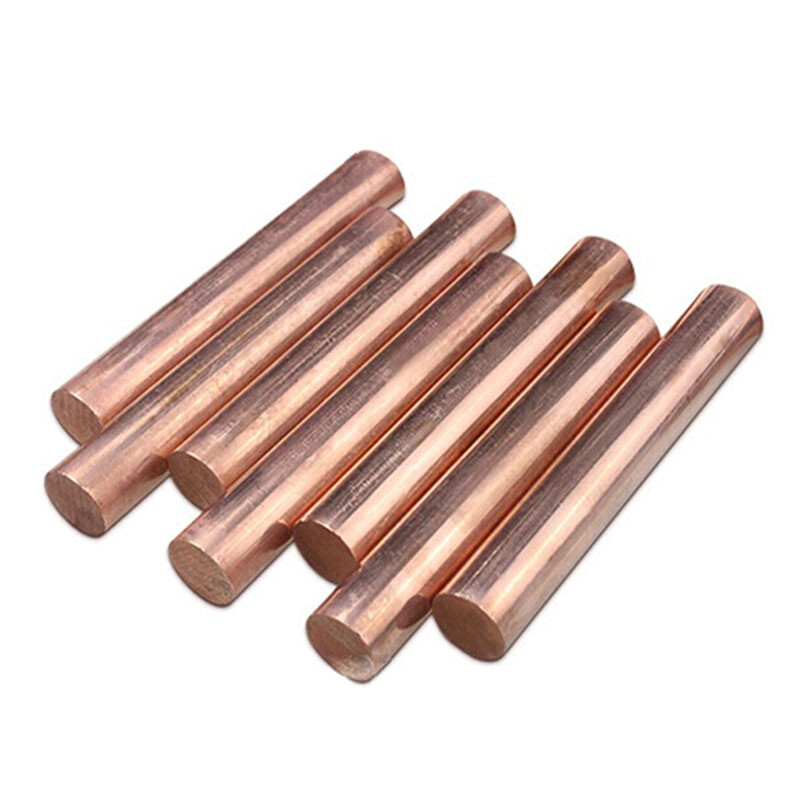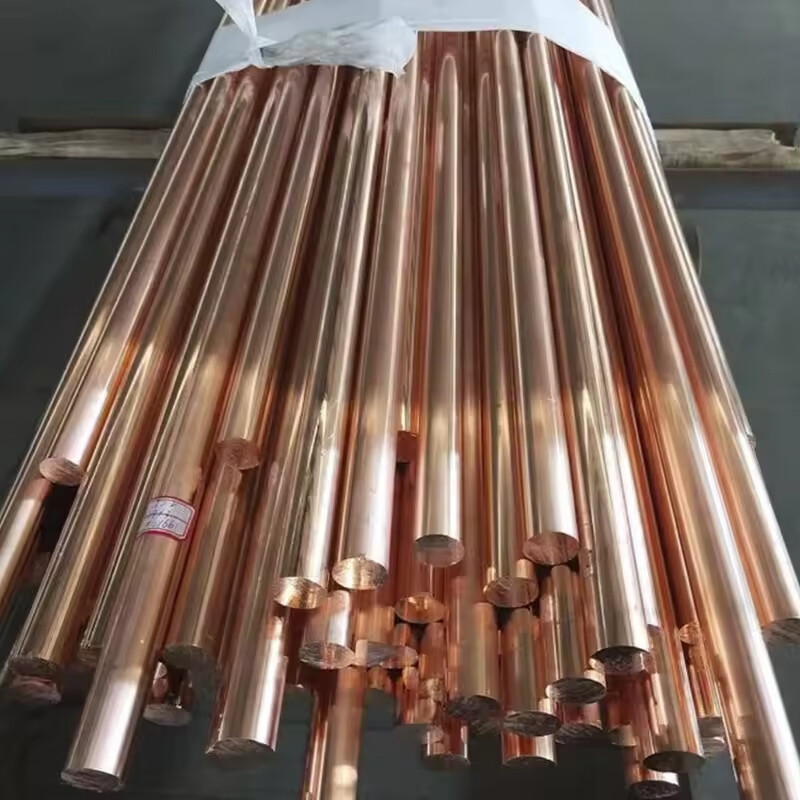Introduction:
1. Low MOQ and Flexible Production Ability.
2. Quick delivery and standard industry exporting package.
3. Best service with quick reply
4. OEM and ODM, welcome customers to visit our factory for better understanding;
5. Value friendship and trustworthy, devote to provide long-term service to our distinguished customers.
Product Introduction
T1 copper is a type of oxygen-free copper (OFC) that is designated with the UNS (Unified Numbering System) C11000. Here are the key details about T1 copper bar:
Composition: T1 copper is essentially pure copper with a minimum copper content of 99.90%. It contains very low levels of oxygen (less than 0.02%), which distinguishes it as oxygen-free copper (OFC). The composition is typically as follows:
1. Copper (Cu): Approximately 99.90% minimum
2. Oxygen (O): Less than 0.02%
3. Other trace elements: Usually, there are minimal traces of impurities such as sulfur (S), iron (Fe), and others.
Properties:
1. High Electrical Conductivity: T1 copper exhibits excellent electrical conductivity, second only to silver among metals. This property makes it ideal for electrical and electronic applications where efficient transmission of electricity is essential.
2. Good Thermal Conductivity: Alongside its electrical conductivity, T1 copper also has good thermal conductivity, making it suitable for heat transfer applications such as heat exchangers and cooling systems.
3. Corrosion Resistance: It has good resistance to corrosion in atmospheric and marine environments due to its high purity and low oxygen content.
4. Machinability: T1 copper is relatively easy to machine and form into various shapes and components.
Applications:
1. Electrical and Electronics: T1 copper is commonly used in electrical wiring, bus bars, connectors, printed circuit boards (PCBs), and magnet wire for motors and transformers.
2. Heat Transfer: It is utilized in heat exchangers, HVAC systems, radiators, and other applications where thermal conductivity is crucial.
3. Industrial: T1 copper finds applications in plumbing, roofing, and various industrial equipment where corrosion resistance and high conductivity are required.
4. Art and Craftsmanship: Its attractive appearance and ease of fabrication make T1 copper popular in artistic and decorative applications, including sculptures, jewelry, and architectural elements.
Standards: T1 copper conforms to various standards, including ASTM B152 for copper sheet, strip, plate, and rolled bar, ensuring quality and consistency in its manufacturing and use.
T1 copper bar, also known as oxygen-free copper (OFC) or UNS C11000, has a specific chemical composition that distinguishes it for its high purity and excellent conductivity. Here are the typical chemical components of T1 copper:
Copper (Cu): Approximately 99.90% minimum
Oxygen (O): Typically less than 0.02%
Other Elements: T1 copper may contain trace amounts of other elements, but they are generally kept to a minimum to maintain high purity and conductivity.
Key points about the chemical composition:
Copper (Cu): This is the primary element in T1 copper, comprising over 99.90% of its composition. High purity copper ensures exceptional electrical and thermal conductivity, making it ideal for a wide range of applications where these properties are critical.
Oxygen (O): Oxygen content in T1 copper is typically very low, usually less than 0.02%. This low oxygen level distinguishes oxygen-free copper (OFC) from standard copper grades and helps to maintain high conductivity by minimizing the formation of copper oxides, which can degrade electrical and thermal performance.
Impurities: T1 copper is characterized by its low levels of impurities such as sulfur (S), iron (Fe), and other trace elements. These impurities are controlled to ensure the material meets stringent conductivity and purity standards.
Features
T1 copper, also known as oxygen-free copper (OFC) or UNS C11000 copper, possesses several distinctive features that make it highly desirable for a variety of applications:
High Electrical Conductivity: T1 copper is renowned for its exceptional electrical conductivity, which is second only to silver among pure metals. This property makes it ideal for applications where efficient electrical transmission and conductivity are critical. It is widely used in electrical wiring, power transmission lines, bus bars, connectors, and various electronic components.
Excellent Thermal Conductivity: In addition to its electrical conductivity, T1 copper also exhibits excellent thermal conductivity. This makes it suitable for heat transfer applications such as heat exchangers, HVAC systems, radiators, and other thermal management systems where efficient heat dissipation is essential.
Oxygen-Free Composition: T1 copper is classified as oxygen-free copper (OFC), with an oxygen content typically less than 0.02%. This high purity, low oxygen content minimizes oxidation and ensures superior electrical and thermal conductivity over time.
Corrosion Resistance: Despite its high conductivity, T1 copper has good resistance to corrosion in various environments, including atmospheric and marine conditions. Its resistance to corrosion makes it suitable for outdoor and marine applications where durability is important.
Machinability: T1 copper is relatively easy to machine and fabricate into different shapes and components, which is advantageous in manufacturing processes requiring precision and complex designs.
Aesthetic Appeal: T1 copper has a characteristic reddish-orange color and a lustrous appearance, making it visually appealing. This makes it suitable for decorative applications in architecture, artwork, and craftsmanship.
Non-Magnetic and Non-Sparking: T1 copper is non-magnetic and non-sparking, making it safe for use in environments where these properties are crucial, such as in explosive atmospheres or near sensitive equipment.
Applications:
Electrical and Electronics: Primary applications include electrical wiring, bus bars, connectors, printed circuit boards (PCBs), and magnet wire for motors and transformers.
Heat Transfer: Used in heat exchangers, HVAC systems, radiators, and cooling systems due to its excellent thermal conductivity.
Industrial: Utilized in plumbing, roofing, and various industrial equipment where corrosion resistance and high conductivity are required.
Art and Craftsmanship: T1 copper is popular in artistic and decorative applications, including sculptures, jewelry, and architectural elements.
Online Message
Other Products
Online Message


